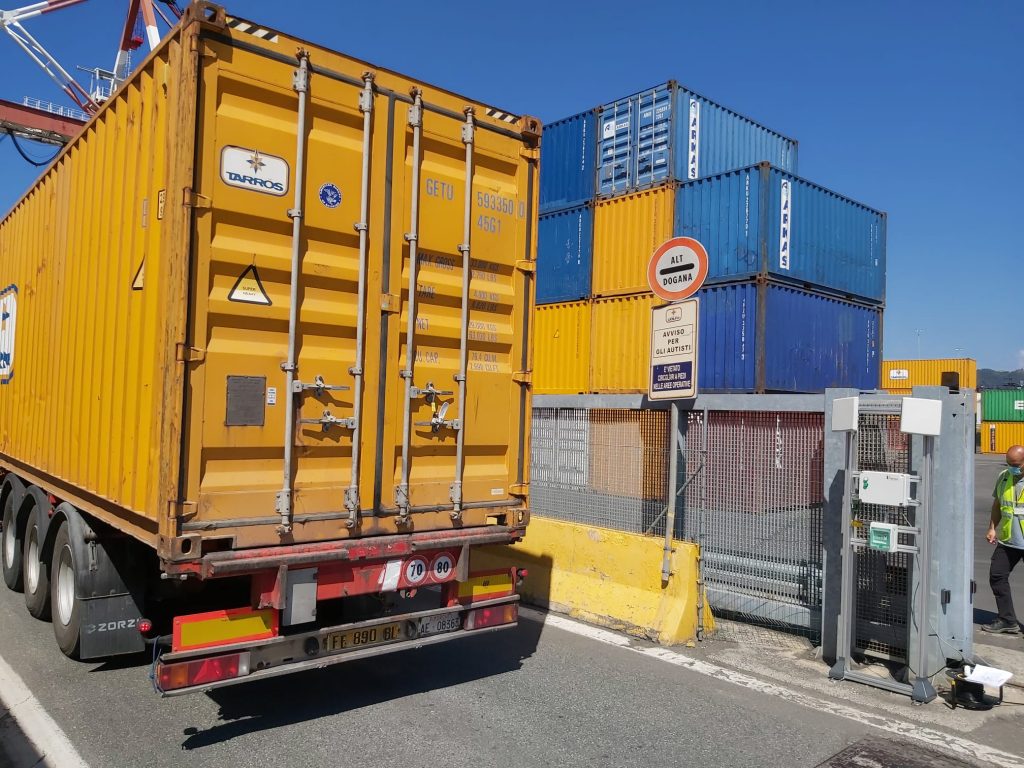Ports of La Spezia and Casablanca get Closer
14th October 2020

Thanks to the European FENIX project, through which an international fast and secure trade lane will be established, trade between the ports of La Spezia (Italy) and Casablanca (Morocco) will become increasingly efficient.
In addition to the Port Authority of Eastern Ligurian Sea, Tarros Group and Circle are main players involved in the project. The first phase of the pilot project was completed recently. The project covers data exchange among all the players involved in the trade lane and the interoperability of information systems of the two ports. The project – thanks also to the MoU signed by the Port Authority and Agence Nationale des Ports (ANP) – involves Casablanca Terminal and Tarros Maroc, and aims to simplify and integrate information flows through the exploitation of Internet of Things (IoT), as well as to harmonize and digitalize the documentary flow between all players of the process through the exploitation of Blockchain and Artificial Intelligence.
Antennas, seals and readers are the ‘material’ resources that allow faster operations. Antennas are positioned near the gates to autodetect RFID seals placed on containers and control entrances.
Long Range reader working in UHF band can manage two antennas at the same time and offers a wide reading range. IoT eSeals have been installed by Tarros Group and Circle in the last few days on containers loaded onto trucks. ESeals have inside an RFID electronic component with a numbered sequence which allows immediate identification of each container.
Communicating with one another, antennas, readers and eSeals allow direct access to the terminal. Photocell at the gate can detect the numbering corresponding to the seal and identify the related manifest. This helps avoid any possible delay caused by inspections. Moreover, Port Authority, Tarros Group and Circle are carrying out those activities necessary for ensuring early exchange of documents at port of arrival before the departure of the ship, as well as for exploiting advanced digitalization Customs tools.

